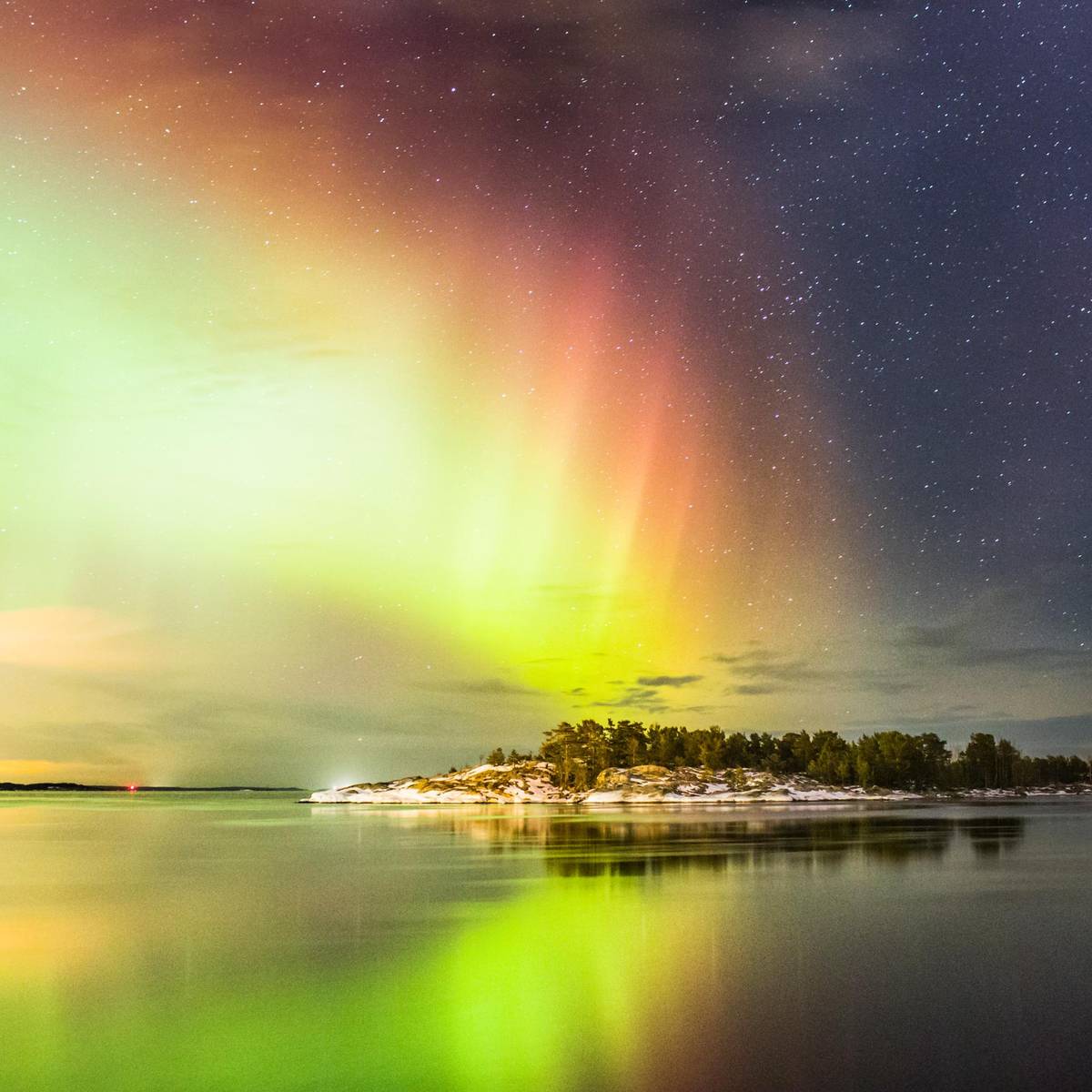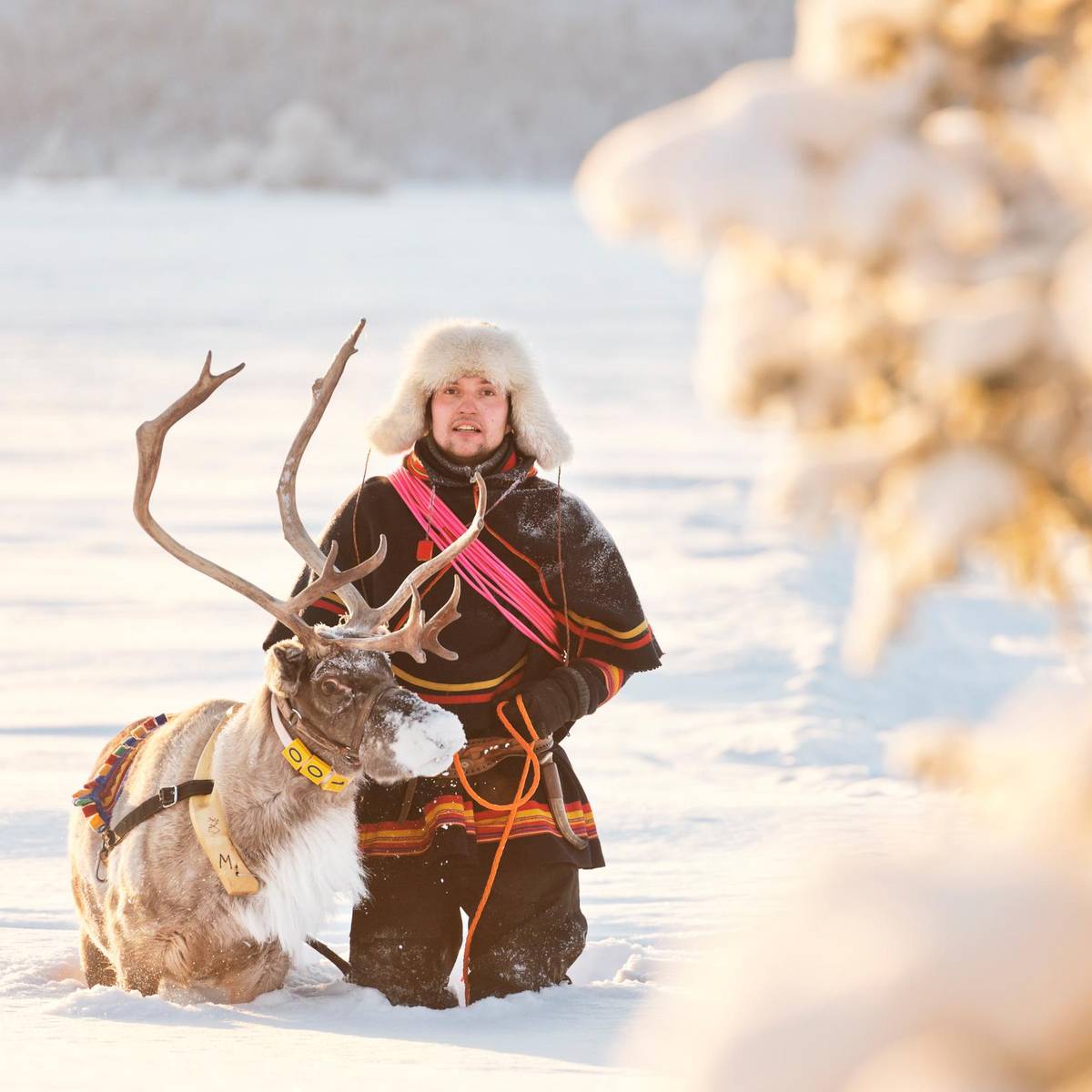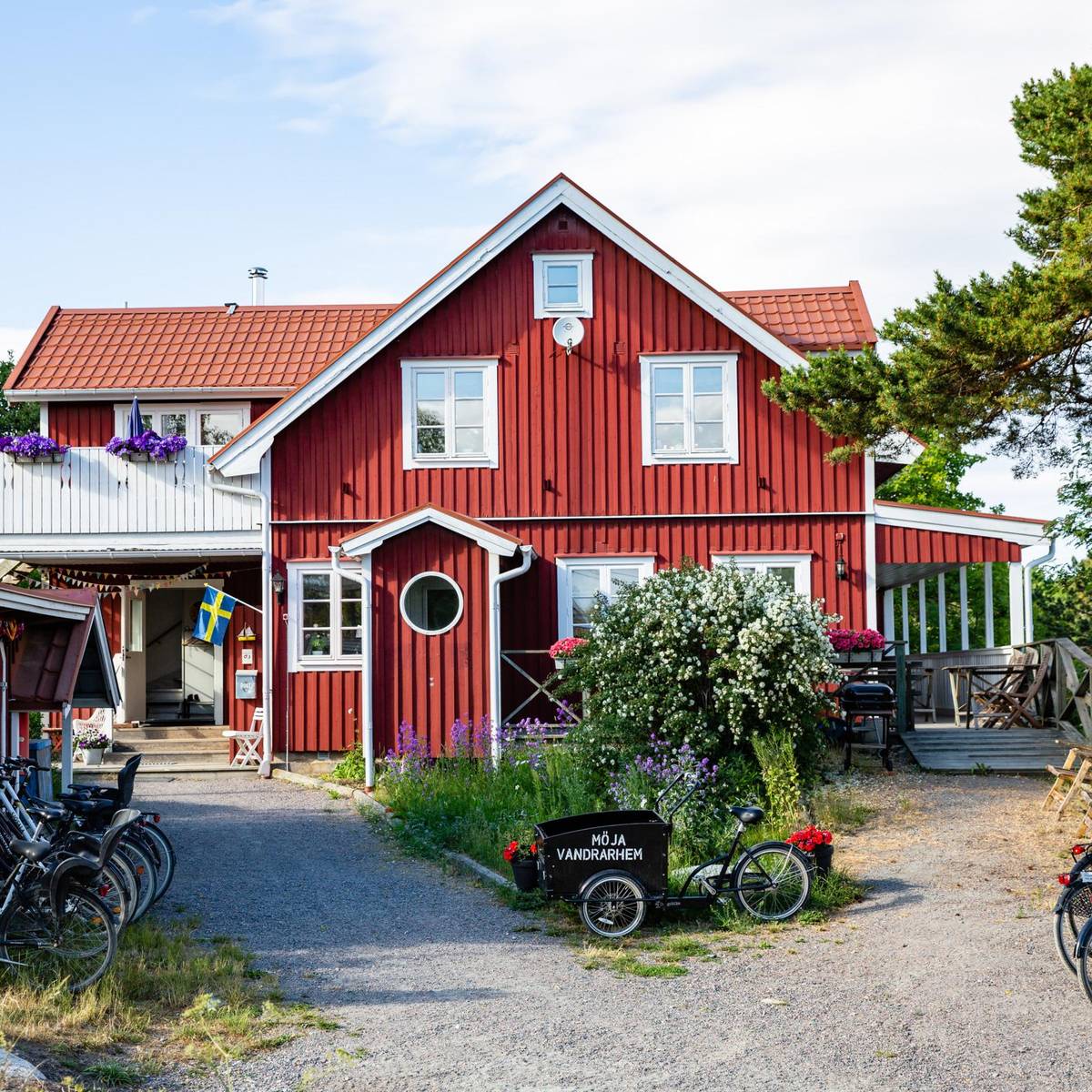Laponia, in the heart of Swedish Lapland, is a rare World Heritage Site recognised for both its cultural and natural value. Located within the Arctic Circle, it’s home to the Indigenous Sámi people, who still practise seasonal reindeer herding – a tradition that has continued for generations and is now one of the few of its kind left in the world.
Covering a vast and largely untouched landscape of mountains, forests and wetlands, Laponia is a place of profound stillness and beauty.
Stora Sjöfallet National Park offers the only commercial accommodation within the site itself, with a hotel, cabins, camping and a restaurant. For more options, nearby towns like Jokkmokk, Gällivare and Jukkasjärvi offer both places to stay and eat.



















